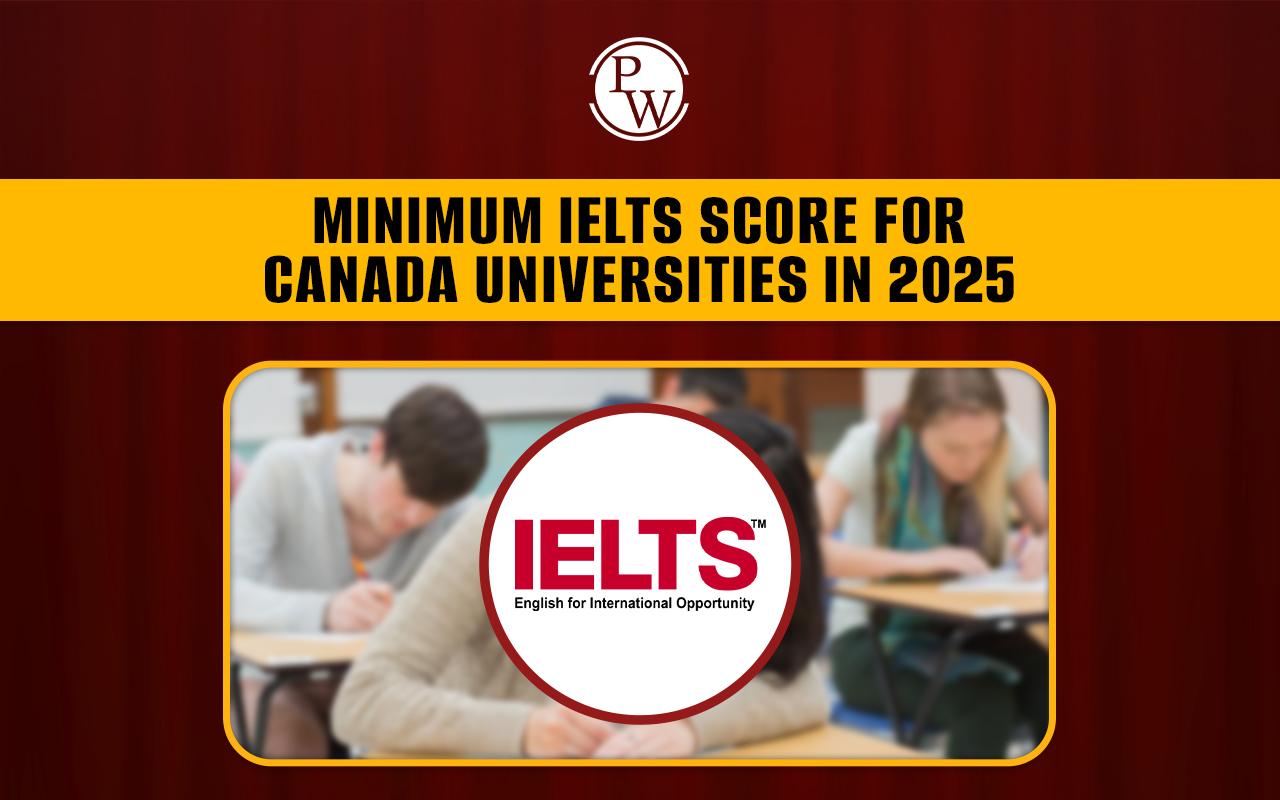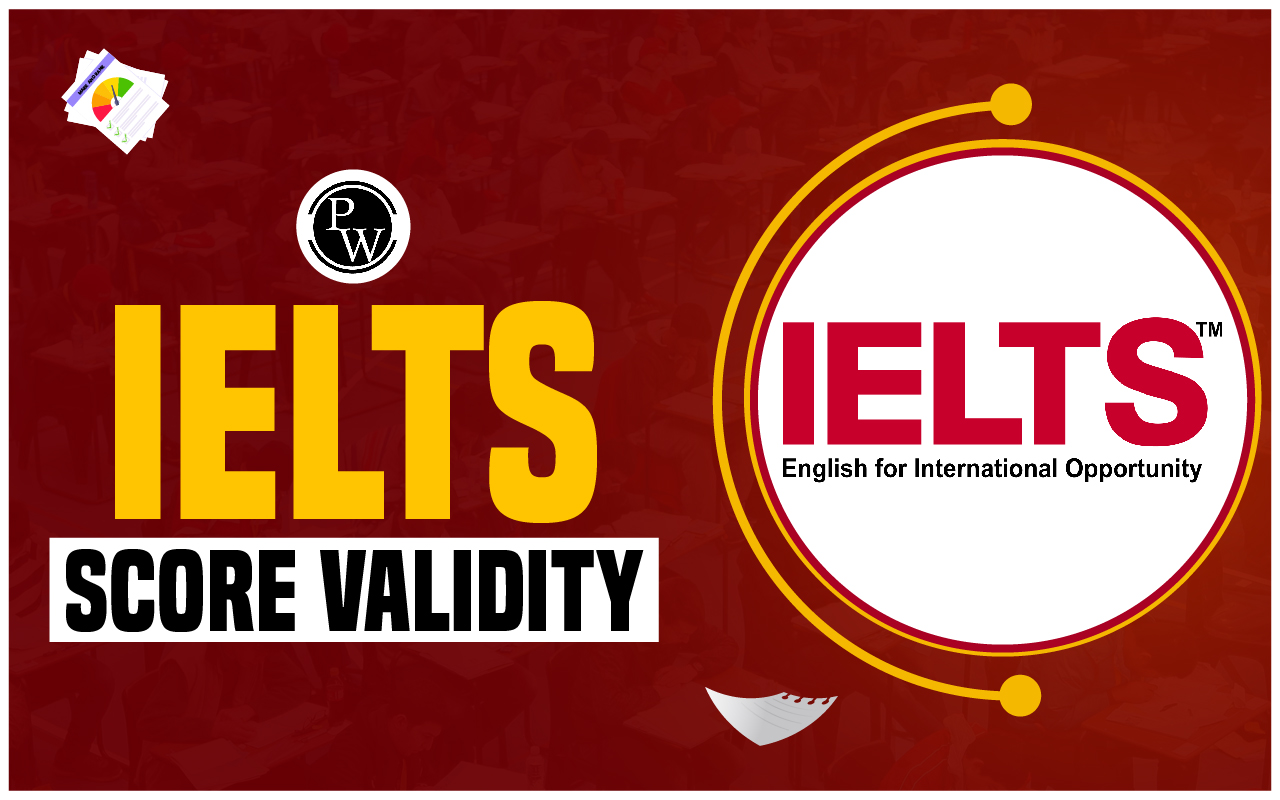

Venus In Transit Reading Answers: The IELTS Reading passage “Venus in Transit” is a common topic that helps students prepare for the IELTS Reading section. The questions are often based on Matching Headings, Sentence Completion, and Short Answer formats. By practicing similar IELTS Reading tests, students can become familiar with the question patterns and improve their chances of achieving a high IELTS Reading score. Regular practice with this passage can also help develop effective strategies for the actual exam.
Venus In Transit Reading Answers Passage
You should ideally spend about 20 minutes on Questions 1-13.
Venus in Transit
-
On 8 June 2004, more than half the population of the world were treated to a rare astronomical event. For over six hours, the planet Venus steadily inched its way over the surface of the Sun. This ‘transit’ of Venus was the first since 6 December 1882. On that occasion, the American astronomer Professor Simon Newcomb led a party to South Africa to observe the event. They were based at a girls’ school, where - it is alleged - the combined forces of three schoolmistresses outperformed the professionals with the accuracy of their observations.
-
For centuries, transits of Venus have drawn explorers and astronomers alike to the four corners of the globe. And you can put it all down to the extraordinary polymath Edmond Halley. In November 1677, Halley observed a transit of the innermost planet, Mercury, from the desolate island of St Helena in the South Pacific. He realised that, from different latitudes, the passage of the planet across the Sun’s disc would appear to differ. By timing the transit from two widely-separated locations, teams of astronomers could calculate the parallax angle - the apparent difference in position of an astronomical body due to a difference in the observer’s position. Calculating this angle would allow astronomers to measure what was then the ultimate goal: the distance of the Earth from the Sun. This distance is known as the astronomical unit’ or AU.
-
Halley was aware that the AU was one of the most fundamental of all astronomical measurements. Johannes Kepler, in the early 17th century, had shown that the distances of the planets from the Sun governed their orbital speeds, which were easily measurable. But no-one had found a way to calculate accurate distances to the planets from the Earth. The goal was to measure the AU; then, knowing the orbital speeds of all the other planets round the Sun, the scale of the Solar System would fall into place. However, Halley realised that Mercury was so far away that its parallax angle would be very difficult to determine. As Venus was closer to the Earth, its parallax angle would be larger, and Halley worked out that by using Venus it would be possible to measure the Suns distance to 1 part in 500. But there was a problem: transits of Venus, unlike those of Mercury, are rare, occurring in pairs roughly eight years apart every hundred or so years. Nevertheless, he accurately predicted that Venus would cross the face of the Sun in both 1761 and 1769 - though he didn’t survive to see either.
-
Inspired by Halley’s suggestion of a way to pin down the scale of the Solar System, teams of British and French astronomers set out on expeditions to places as diverse as India and Siberia. But things weren’t helped by Britain and France being at war. The person who deserves most sympathy is the French astronomer Guillaume Le Gentil.
He was thwarted by the fact that the British were besieging his observation site at Pondicherry in India. Fleeing on a French warship crossing the Indian Ocean, Le Gentil saw a wonderful transit - but the ship’s pitching and rolling ruled out any attempt at making accurate observations. Undaunted, he remained south of the equator, keeping himself busy by studying the islands of Mauritius and Madagascar before setting off to observe the next transit in the Philippines. Ironically after travelling nearly 50,000 kilometres, his view was clouded out at the last moment, a very dispiriting experience. -
While the early transit timings were as precise as instruments would allow, the measurements were dogged by the ‘black drop’ effect. When Venus begins to cross the Sun’s disc, it looks smeared not circular - which makes it difficult to establish timings. This is due to diffraction of light. The second problem is that Venus exhibits a halo of light when it is seen just outside the Sun’s disc. While this showed astronomers that Venus was surrounded by a thick layer of gases refracting sunlight around it, both effects made it impossible to obtain accurate timings.
-
But astronomers laboured hard to analyse the results of these expeditions to observe Venus transits. Johann Franz Encke, Director of the Berlin Observatory, finally determined a value for the AU based on all these parallax measurements: 153,340,000 km. Reasonably accurate for the time, that is quite close to today’s value of 149,597,870 km, determined by radar, which has now superseded transits and all other methods in accuracy. The AU is a cosmic measuring rod, and the basis of how we scale the Universe today. The parallax principle can be extended to measure the distances to the stars. If we look at a star in January - when Earth is at one point in its orbit - it will seem to be in a different position from where it appears six months later. Knowing the width of Earth’s orbit, the parallax shift lets astronomers calculate the distance.
-
June 2004’s transit of Venus was thus more of an astronomical spectacle than a scientifically important event. But such transits have paved the way for what might prove to be one of the most vital breakthroughs in the cosmos - detecting Earth-sized planets orbiting other stars.
| IELTS Exam Important Links | |
|---|---|
| IELTS Reading Band Score | IELTS Listening Band Score |
| IELTS Speaking Band Score | IELTS Writing Band Score |
Venus In Transit Reading Answers Sample Questions
Questions 1-7
Choose the most suitable paragraph headings (i – ix) for each paragraph (A – G).
List of Headings:
i. A disappointing outcome after long travels
ii. A method for measuring cosmic distances
iii. The first known transit of Venus observation
iv. Edmond Halley’s discovery and prediction
v. A new technique replaces old methods
vi. The role of Venus in defining the astronomical unit
vii. How a transit contributed to exoplanet research
viii. A rare event in 2004 and a historical comparison
ix. Problems faced in early Venus transit observations
-
Paragraph A – ____
-
Paragraph B – ____
-
Paragraph C – ____
-
Paragraph D – ____
-
Paragraph E – ____
-
Paragraph F – ____
-
Paragraph G – ____
Questions 8-13
Complete the sentences below using NO MORE THAN TWO WORDS from the passage.
-
Edmond Halley observed a __________ transit in 1677 from St Helena.
-
The apparent shift in an astronomical body’s position due to an observer’s location is called __________.
-
Halley calculated that by using Venus, the distance to the Sun could be measured to __________ accuracy.
-
Guillaume Le Gentil’s view of the transit was __________ at the last moment.
-
The __________ effect made early transit measurements difficult.
-
Radar has now replaced transits for measuring the __________.
Venus In Transit Reading Answers with Explanations
-
Paragraph A – viii (A rare event in 2004 and a historical comparison)
-
Location: "On 8 June 2004, more than half the population of the world were treated to a rare astronomical event... This ‘transit’ of Venus was the first since 6 December 1882."
-
Explanation: This paragraph describes the 2004 Venus transit and compares it with the 1882 event.
-
Paragraph B – iv (Edmond Halley’s discovery and prediction)
-
Location: "And you can put it all down to the extraordinary polymath Edmond Halley... He realised that, from different latitudes, the passage of the planet across the Sun’s disc would appear to differ."
-
Explanation: This paragraph focuses on Halley’s observations and predictions regarding the Venus transit.
-
Paragraph C – vi (The role of Venus in defining the astronomical unit)
-
Location: "Halley was aware that the AU was one of the most fundamental of all astronomical measurements... As Venus was closer to the Earth, its parallax angle would be larger."
-
Explanation: This paragraph explains how Venus transits helped in calculating the astronomical unit (AU).
-
Paragraph D – i (A disappointing outcome after long travels)
-
Location: "The person who deserves most sympathy is the French astronomer Guillaume Le Gentil... Ironically after travelling nearly 50,000 kilometres, his view was clouded out at the last moment."
-
Explanation: The paragraph discusses Le Gentil’s unfortunate experience of missing the transit after years of travel.
-
Paragraph E – ix (Problems faced in early Venus transit observations)
-
Location: "While the early transit timings were as precise as instruments would allow, the measurements were dogged by the ‘black drop’ effect."
-
Explanation: It describes the issues astronomers faced when trying to measure the transit accurately.
-
Paragraph F – ii (A method for measuring cosmic distances)
-
Location: "The AU is a cosmic measuring rod, and the basis of how we scale the Universe today... The parallax principle can be extended to measure the distances to the stars."
-
Explanation: This paragraph explains how the AU and parallax help in measuring distances beyond the solar system.
-
Paragraph G – vii (How a transit contributed to exoplanet research)
-
Location: "June 2004’s transit of Venus was thus more of an astronomical spectacle than a scientifically important event. But such transits have paved the way for what might prove to be one of the most vital breakthroughs in the cosmos - detecting Earth-sized planets orbiting other stars."
-
Explanation: This paragraph connects Venus transits with modern exoplanet detection methods.
-
Edmond Halley observed a Mercury transit in 1677 from St Helena.
-
Location: "In November 1677, Halley observed a transit of the innermost planet, Mercury, from the desolate island of St Helena in the South Pacific."
-
Explanation: The passage clearly states that Halley observed Mercury, not Venus, in 1677.
-
The apparent shift in an astronomical body’s position due to an observer’s location is called parallax angle.
-
Location: "By timing the transit from two widely-separated locations, teams of astronomers could calculate the parallax angle - the apparent difference in position of an astronomical body due to a difference in the observer’s position."
-
Explanation: This sentence directly defines the term "parallax angle."
-
Halley calculated that by using Venus, the distance to the Sun could be measured to 1 part in 500 accuracy.
-
-
Location: "Halley worked out that by using Venus it would be possible to measure the Sun’s distance to 1 part in 500."
-
Explanation: The passage provides this specific accuracy estimate for Halley’s method.
-
-
Guillaume Le Gentil’s view of the transit was clouded out at the last moment.
-
-
Location: "Ironically after travelling nearly 50,000 kilometres, his view was clouded out at the last moment, a very dispiriting experience."
-
Explanation: The phrase "clouded out" is directly used in the passage to describe what happened to Le Gentil.
-
-
The black drop effect made early transit measurements difficult.
-
-
Location: "While the early transit timings were as precise as instruments would allow, the measurements were dogged by the ‘black drop’ effect."
-
Explanation: The black drop effect distorted Venus’s appearance, making accurate timing difficult.
-
-
Radar has now replaced transits for measuring the astronomical unit.
-
-
Location: "Reasonably accurate for the time, that is quite close to today’s value of 149,597,870 km, determined by radar, which has now superseded transits and all other methods in accuracy."
-
Explanation: Radar is now the primary method for measuring the astronomical unit (AU), replacing transits.
-
Also Read:
- Should You Use All Capital Letters in the IELTS Listening and Reading Tests
- IELTS Reading Mistakes
- How to Improve IELTS Reading Score
- How to Manage Time in IELTS Reading
Guidance of PW IELTS
Physics Wallah offers multiple online IELTS courses for all students. Follow the IELTS pages to better prepare for the exam.
| What is IELTS Exam? | Documents Required for IELTS Registration |
| IELTS exam eligibility requirements | IELTS Exam Fees |
| IELTS test results | IELTS Exam Pattern |
Venus In Transit Reading Answers FAQs
Why are transits of Venus so rare?
What is the astronomical unit (AU), and why is it important?
What was the 'black drop' effect, and how did it impact Venus transit observations?
How did Venus transits contribute to exoplanet research?












